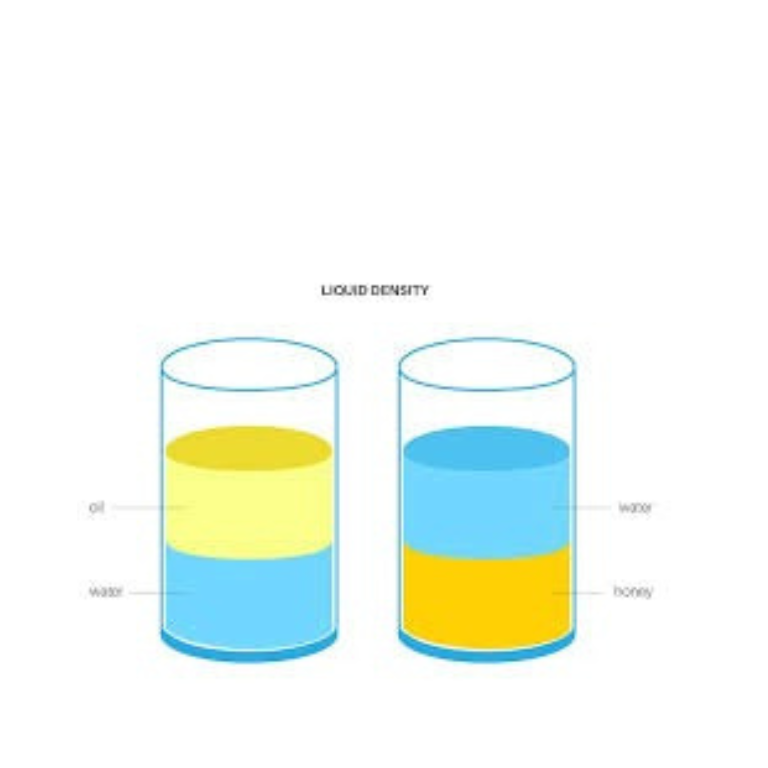Green Chemistry
Solvent-Free Reactions & Sustainable Synthesis
Explore how solvent-free reactions reduce environmental impact while maintaining efficiency. Compare traditional and green chemistry approaches to chemical synthesis.
A
Reactant A
+
B
Reactant B
→
P
Product
⚗️
Grind/Catalyst
Atom Economy
0%
Energy Used
0 kJ
Waste Produced
0 g
Reaction Time
0 min
Current Process:
Select a synthesis method to compare traditional vs. solvent-free approaches.
Observation:
Principles of Green Chemistry
Key Concepts:
Green chemistry aims to reduce or eliminate the use of hazardous substances in chemical processes:
- Solvent-free reactions eliminate the need for organic solvents
- Mechanochemical synthesis uses mechanical energy (grinding) instead of heat
- Atom economy maximizes incorporation of materials into final products
- Energy efficiency reduces energy requirements
12 Principles of Green Chemistry:
- Prevent waste
- Maximize atom economy
- Design less hazardous syntheses
- Design safer chemicals
- Use safer solvents (or none)
- Increase energy efficiency
- Use renewable feedstocks
- Reduce derivatives
- Use catalysts
- Design for degradation
- Analyze in real time
- Minimize accident potential
Benefits of Solvent-Free Reactions:
- Eliminates solvent waste and pollution
- Reduces energy consumption (no solvent removal)
- Often faster reaction times
- Higher yields in many cases
- Simpler workup procedures
- Reduced costs (no solvent purchase/disposal)


